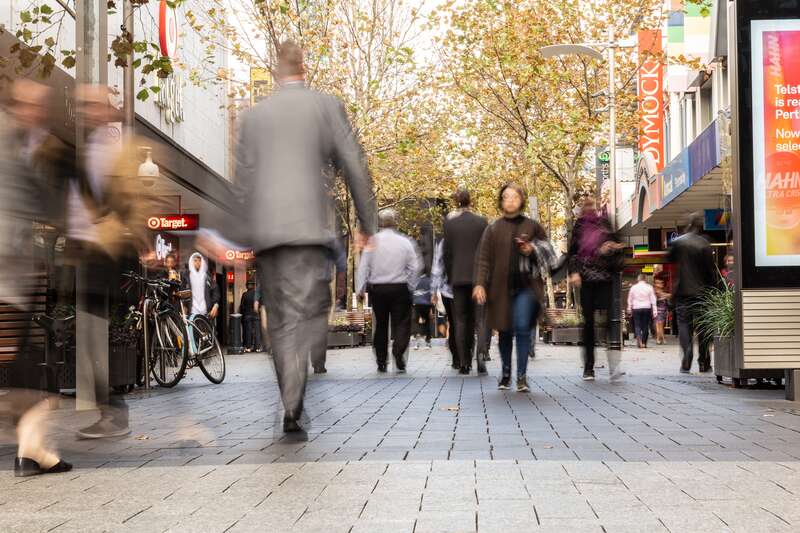Source : BUSINESS NEWS
Australia’s unemployment rate ticked up slightly to 4.1 per cent in March, according to seasonally adjusted data released by the ABS on Thursday.
The rise – up from 4.0 per cent in February – came despite a 32,000 increase in employment during the month. The total number of unemployed people grew by 3,000 to reach 614,600 nationally.
ABS head of labour statistics Sean Crick said the increase in both employment and unemployment was linked to a growing population and higher labour force participation.
The participation rate edged up from 66.7 per cent to 66.8 per cent, while the employment-to-population ratio held steady at 64.1per cent.
Full-time jobs increased by 15,000, and part-time positions grew by 17,200 in March. However, hours worked across the economy fell by 0.3 per cent, marking a second consecutive monthly decline.
Crick attributed the fall in hours worked to severe weather events, including ex-Tropical Cyclone Alfred, which led to more people reporting reduced hours, particularly in New South Wales and Queensland.
Over the past year, employment rose by 308,000 people, or 2.2 per cent — above the pre-pandemic 20-year average of 2.0 per cent. Still, economists say the pace of employment growth has slowed in early 2025.
“The March labour force survey was somewhat of a mixed bag,” Westpac economist Ryan Wells said on Thursday.
“The bounce-back in participation was not as large as anticipated, and while the gain in employment was still solid in this context, it fell short of expectations.
Mr Wells noted that the increase in employment levels appeared steady in isolation, but it still fell short of market consensus and Westpac’s predictions.
“Despite the large swings in the labour force over the last couple of months, changes in employment look to be broadly moving in tandem,” he continued.
With more labour data at hand, conversation has turned once again to the RBA’s next rates decision.
The Reserve Bank held interest rates steady at 4.1 per cent in April but signalled it would reassess monetary policy at its May meeting.
To that end, markets have fully priced in a 25 basis point cut, with a 25 per cent chance of a larger half-point move.
Economists say the RBA will weigh the resilience of the labour market against rising global risks, particularly the escalation in U.S.-China trade tensions.
Despite the moderate rise in unemployment, the underemployment rate remains at its lowest since 2008, and job vacancies remain historically high, suggesting ongoing labour market tightness.
While the RBA estimates the non-accelerating inflation rate of unemployment (NAIRU) is around 4.5 per cent, others argue it’s closer to 4 per cent.
“If we are correct on our estimate of NAIRU, then Australia will be able to run a lower unemployment rate than is currently assumed by the RBA,” said Commbank head of Australian economics Gareth Aird.
With inflation now tracking back into the RBA’s 2–3 per cent target band and labour market strength beginning to moderate, the central bank faces a delicate balancing act.
The next key data release — quarterly inflation figures — will be critical to informing the RBA’s May 19–20 decision, with the possibility of rate cuts hanging both on global developments and domestic economic resilience.


